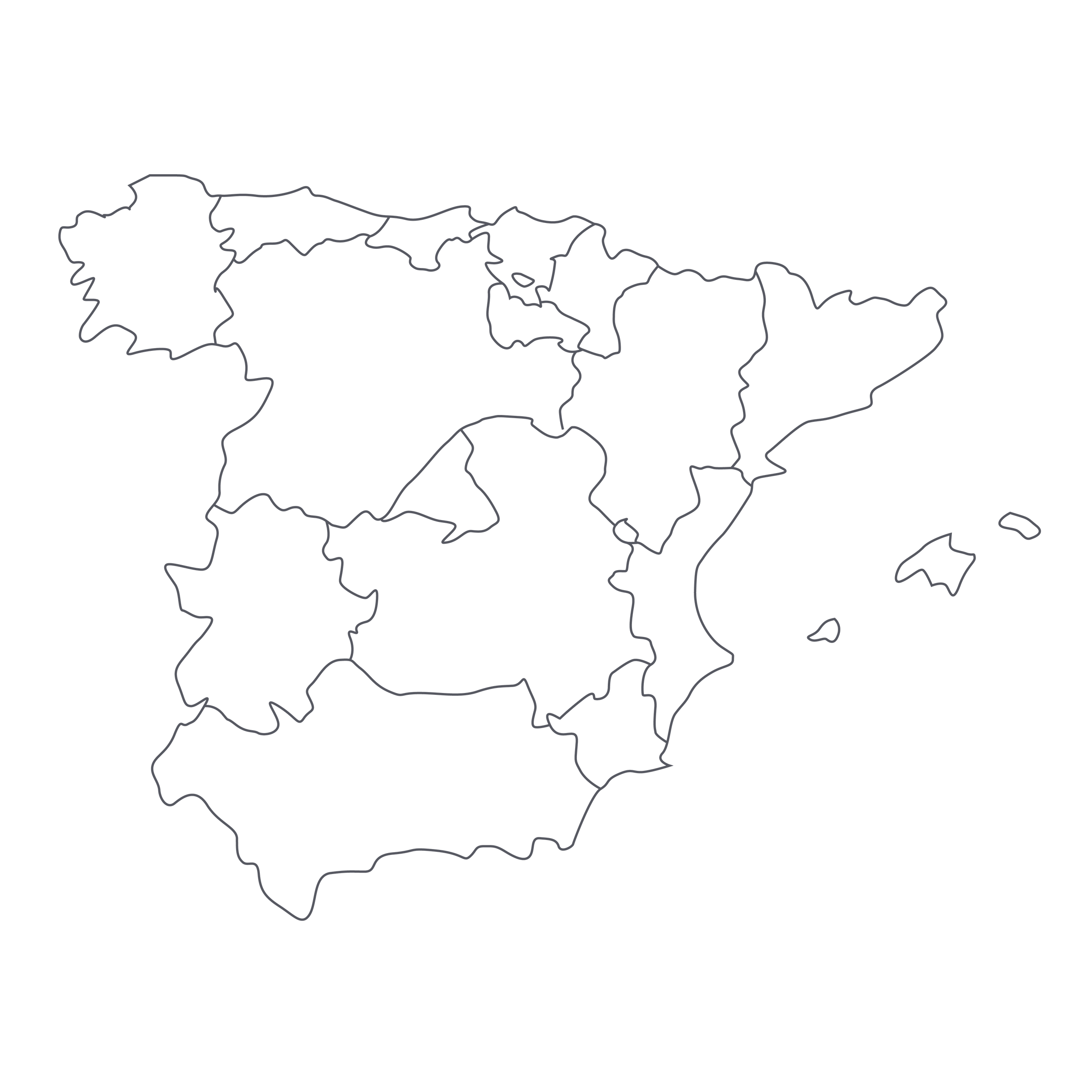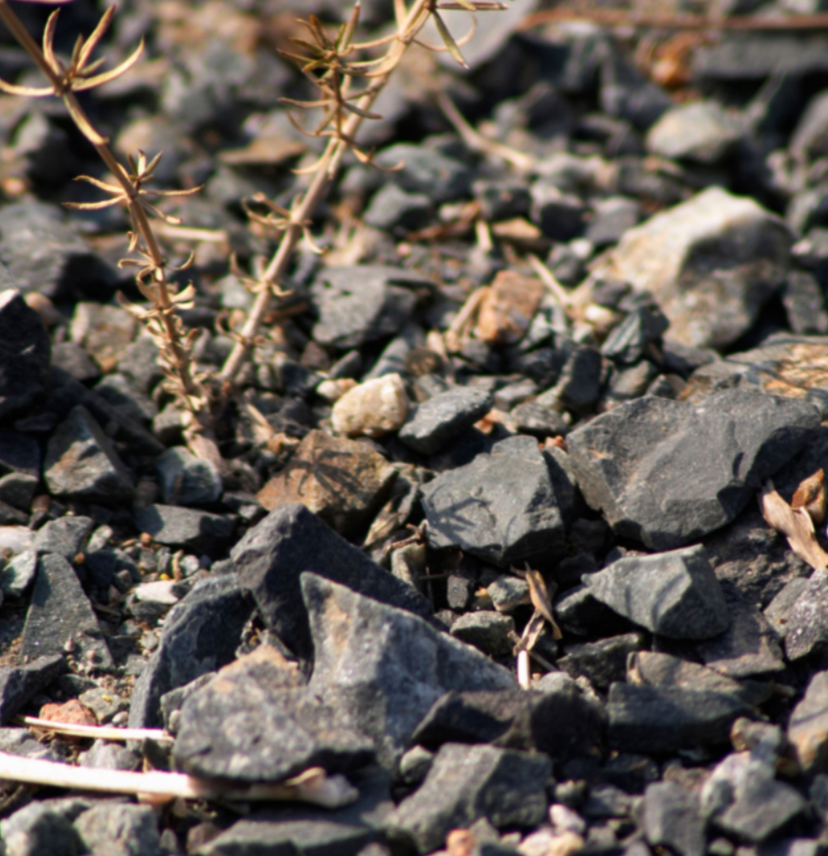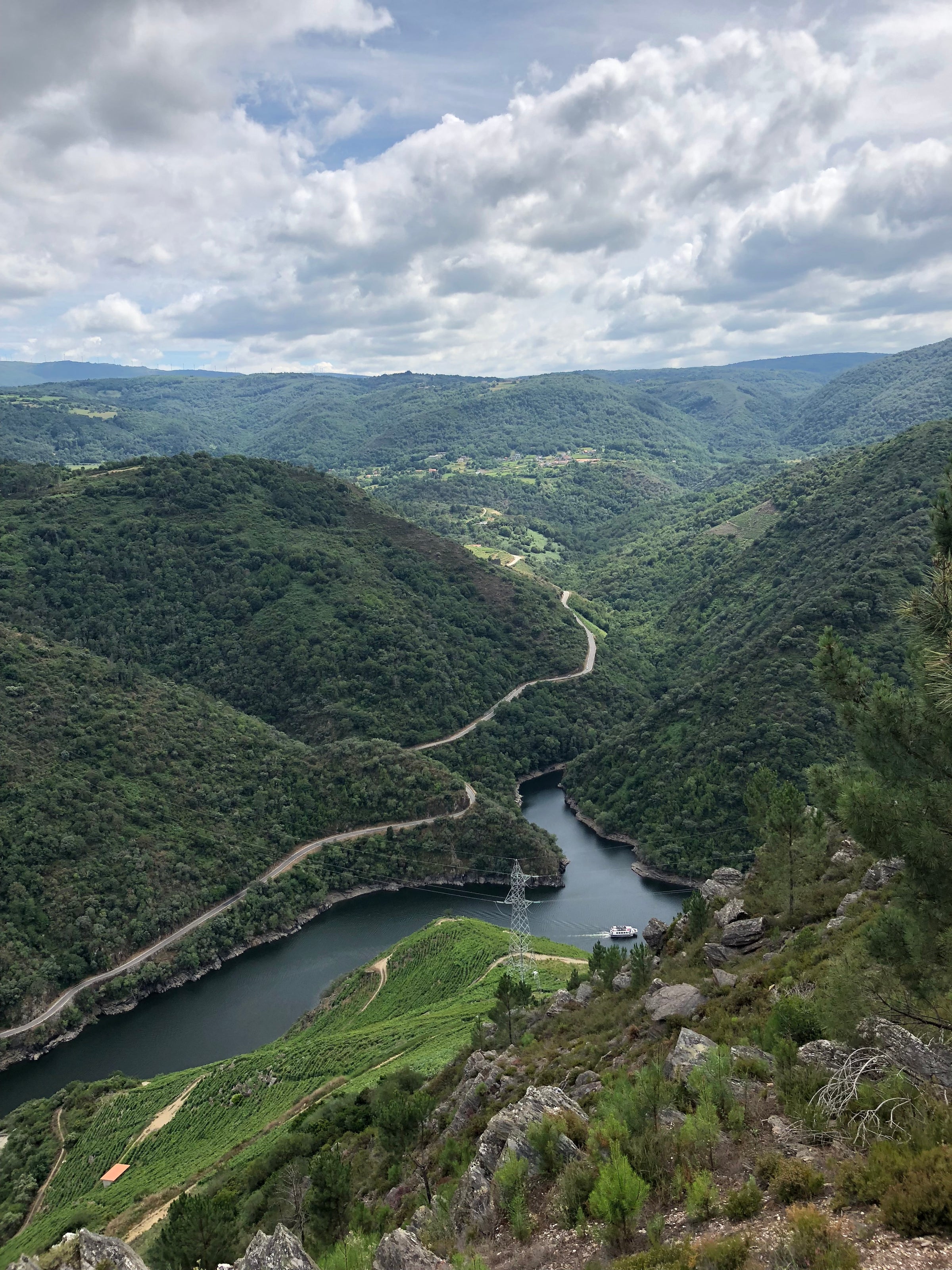This wine isn’t just a dark, luscious, decadent Spanish red—it’s a thought-provoking wine, one that had us reflecting on the effects of a vine’s age on the character of the grapes it produces. Viticulturists aren’t united in agreement about this, but we couldn’t help but think that the success of this 2013 Priorat from Celler Vall Llach owes mostly to the 60- to 90-year old Cariñena (Carignan) and Garnacha (Grenache) vines it is sourced from.
How else to explain how a 15% alcohol wine remains balanced, with no ‘raisining’ or heat on the palate? There’s no doubt that Priorat’s unique, black-slate soil—called llicorella (‘yee-kor-ey-ya’)—plays a role in providing a deeply mineral counterpoint to the ultra-ripe fruit flavors. But there’s also no doubt (in our minds, anyway) that the age of the vines regulates the speed with which the grapes mature, so they develop not just sugar but other phenolic compounds that lend flavor, color, and texture. As many growers note, there’s a difference between a grape that has enough fermentable sugar to be “ripe” and one that is “physiologically” mature. To us, Vall Llach’s “Porrera” was an example of the latter, and we couldn’t help but marvel at it. Of course, maybe we had you at dark, luscious, and decadent—sometimes wine geeks can’t leave well enough alone!
That said, there is quite a bit to unpack on this wine’s label, so let’s start there. ‘Vall Llach’ (vay-yack) is the name of the winery, which was founded by a famous Spanish singer named Lluís Lach in the early 1990s. ‘Porrera’ is the village where the winery is based, and is also one of 12 villages officially designated as a ‘Vi di Vila’ (‘Village Wine,’ or sub-zone) within the broader Priorat appellation. (As in Burgundy, the village of origin is more prominent on this label than the winery’s name.)
As I’ve noted in previous offers, the Priorat D.O.Q. (‘Qualified Denomination of Origin’) is one of the most striking wine zones I’ve ever seen. The name, which means “land of the priory,” was cultivated by Carthusian Monks in the mid-1100s. The Garnacha and Cariñena vines that dominate the vineyards are incredibly old and are complemented by rows of Bordeaux varietals that were planted by the French during the phylloxera epidemic of the late-1800s (Priorat, thanks to its high elevation and soil composition, was one of the few pockets of Europe never infested by Phylloxera). From what I have heard, lots of Priorat-grown wine was brought to France and sold as Bordeaux back in the phylloxera era. The vineyards are perched on steep terraces of schist and black slate, the llicorella that contributes an inimitable minerality to the wines.
The story of this 2013 is old-vine Cariñena, which comprises 70% of the blend and expresses itself with style here in its spiritual homeland. Carignane (as Cariñena is also known) hasn’t traditionally been given much respect by wine experts—or wine makers, for that matter, who view it more as a workhorse blending grape—and even in Priorat, many producers have continued to up the percentages of Cabernet and Merlot in search of a more polished, international style. To me, this is a mistake: What distinguishes this wine for me is it unmistakable Carignane character. It is black-fruited, meaty, and, in this case anyway, has no lack of polish—there’s a delicate licorice-scented perfume that hints at Left Bank Bordeaux, but ultimately it carves its own darker-toned path. This wine is pure pleasure.
In the glass, Vall Llach’s 2013 Porrera is a deep, opaque purple moving to a magenta rim. The nose is full of ripe black and blue fruits: preserved blackberries, huckleberry, black cherries and fig, laced with licorice, leather, tobacco, black rocks and violet candy. The palate is full-bodied and dense, delivering flavors of juicy wild blackberries and boysenberries intertwined with forest floor, wild herbs, fresh flowers, and a deep llicorella minerality on the finish. As I noted above, this wine locates the sweet spot where richness and ripeness meet elegance—its balance, acidity, and freshness are pretty remarkable given the alcohol content. This wine should be decanted for 30 minutes and served just above cellar temperature (55-60F) in a large Bordeaux stem (temperature is key due to the alcohol level).
As I taste this luscious wine I’m reminded that (a) we’ve offered it before, in a previous vintage; and (b), there’s one recipe that’s become my go-to when drinking good Priorat. I had a dish called “Porc Guisata Amb Fruita Seca” (a Catalan specialty of roasted Pork Shoulder and dried fruits) at the Hotel Sport in the Priorat village of Falset. I tracked down a
recipe, which I’ll be re-visiting very soon: it’s a perfect way to show off this showstopper of a red wine. Enjoy!





